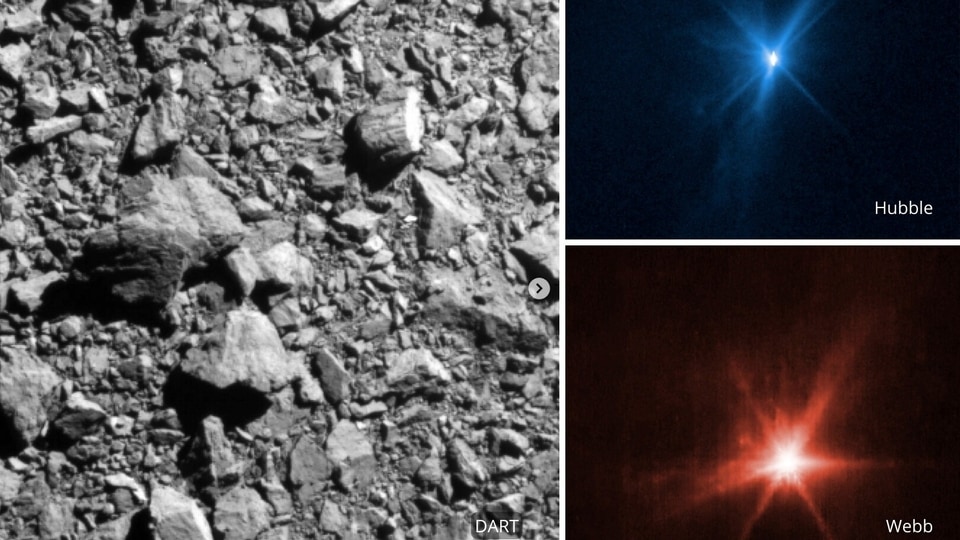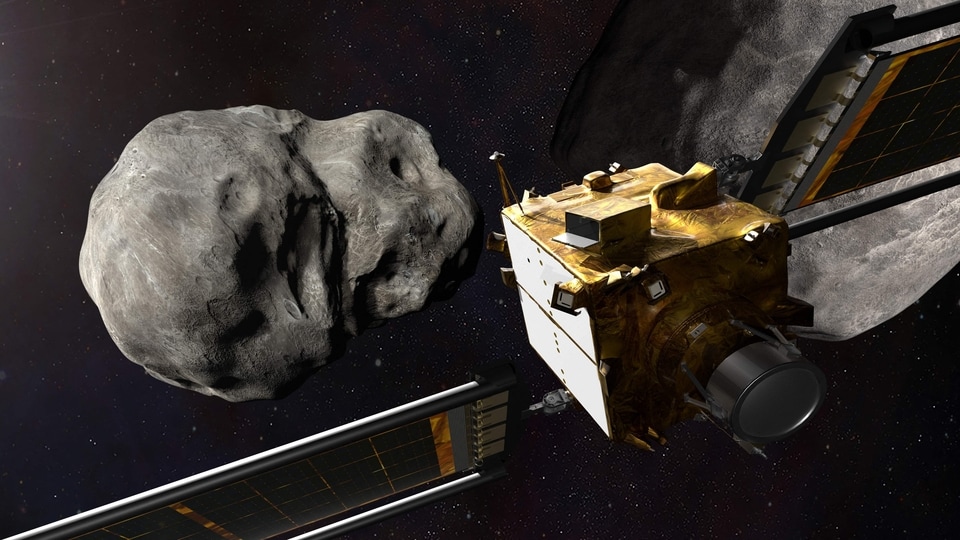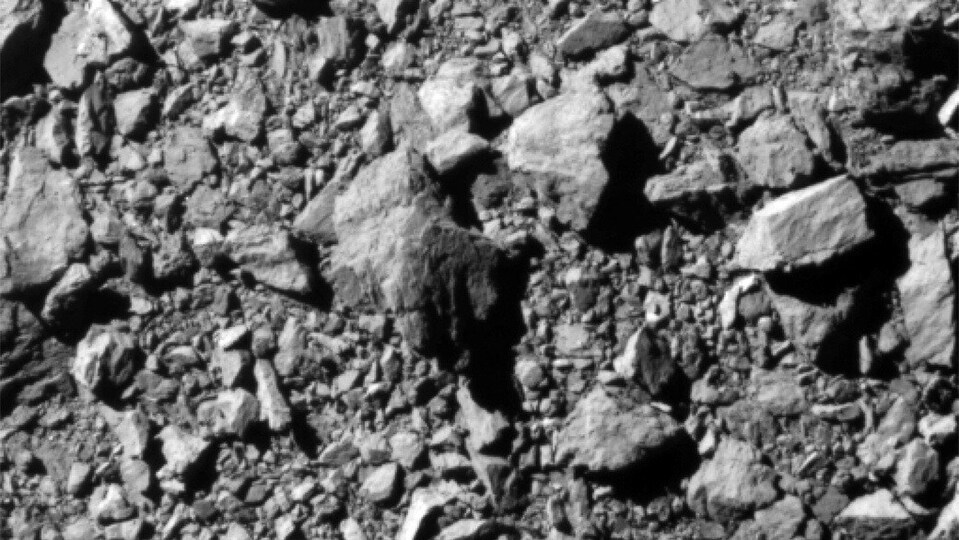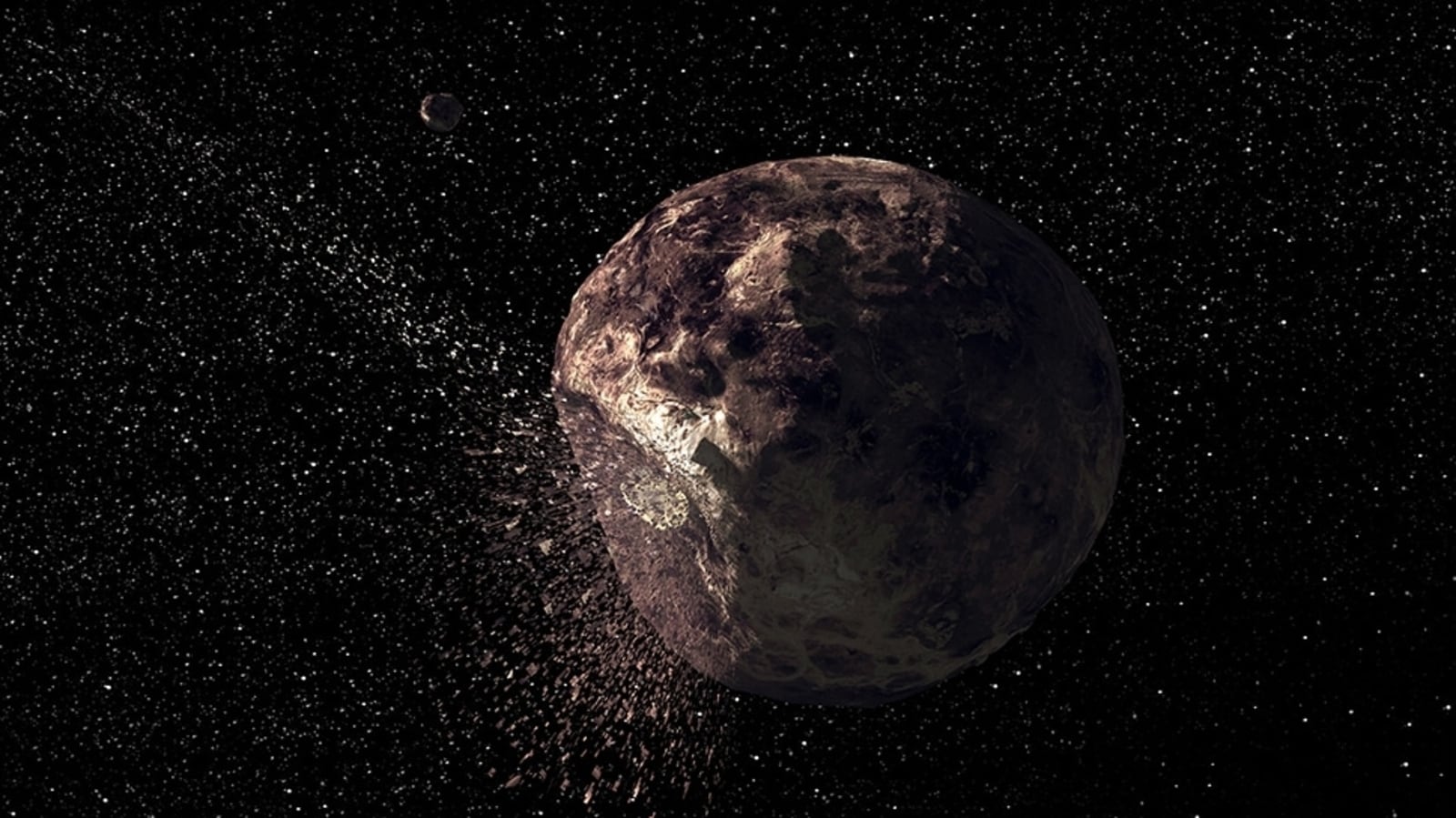This 9th largest meteorite that ever struck Earth has something UNIQUE
Scientists have found evidence of two unique minerals in a massive 15000 kilogram meteorite which once hit the Earth. This big discovery can shed more light into the composition of the universe.





_1664474838769.jpeg)

 View all Images
View all ImagesThe universe is unimaginably vast and we, the Earthlings, have only explored a small fraction of it. According to latest estimates, there are around 100-200 billion galaxies in the universe. And we have had a close view of less than 1 percent of our own galaxy. This opens up the question of how different the universe is compared to the solar system. Are carbon, nitrogen, oxygen the building blocks in other galaxies or are there entirely different sets of elements that dominate these worlds? This is why whenever a meteorite strikes the Earth, it is a golden opportunity for scientists to examine and understand the universe a little bit more. And the 9th largest meteorite that has struck the Earth known as El Ali has just revealed two never-seen-before minerals to the scientists.
This gigantic meteorite was found in Somalia. Weighing in at 15,000 kilograms, it was known to the locals of Somalia for generations, but nobody knew that it was in fact a meteorite till 2020 when a mining company's staff inspected the area and found its strange composition. And soon after the discovery of El Ali as a meteorite, researchers from the University of Alberta began analyzing it. In 2022, it was revealed that the meteorite contains two new minerals, named “elaliite” and “elkinstantonite” within it.
Whenever you find a new mineral, it means that the actual geological conditions, the chemistry of the rock, was different than what's been found before. That's what makes this exciting: In this particular meteorite you have two officially described minerals that are new to science,” Chris Herd, a professor at the University of Alberta's Meteorite Collection stated in an interview.
New minerals found in the 9th largest meteorite on Earth
The first mineral “elaliite” got its name from the meteorite itself as it was found near the town of El Ali in Somalia. Chris Herd named the second mineral “elkinstantonite” after Lindy Elkins-Tanton, who is the principal investigator of NASA's upcoming Psyche mission as well as the professor at Arizona State University.
The two minerals were found within a single 70 gram sample that was sent to the university of Alberta for classification. Surprisingly, there is already a possibility of a third mineral inside the sample. Head revealed that if researchers were to obtain more samples from the massive meteorite, there's a chance that even more minerals could be found.
It should be noted that while this is the first time we have seen these minerals occur naturally, scientists already had knowledge of them after creating them synthetically in labs since the 1980s. But if more minerals are discovered, some of them could be entirely unknown to us.
“Whenever there's a new material that's known, material scientists are interested too because of the potential uses in a wide range of things in society,” said Herd.
Catch all the Latest Tech News, Mobile News, Laptop News, Gaming news, Wearables News , How To News, also keep up with us on Whatsapp channel,Twitter, Facebook, Google News, and Instagram. For our latest videos, subscribe to our YouTube channel.




























